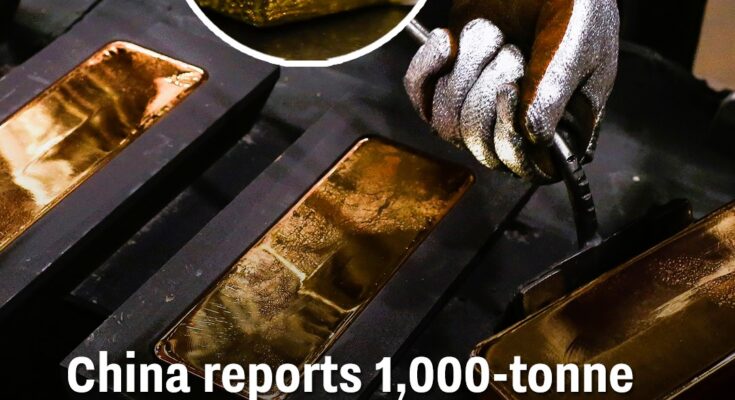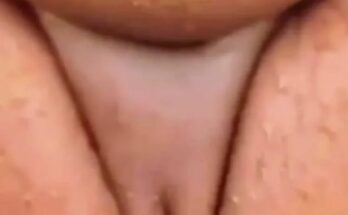Chinese geologists claim to have discovered a 1,000-tonne deposit of gold in Liaoning province.
According to local news reports, the discovery site stretches more than 3 kilometres east to west and 2.5 kilometres north to south.
And now the ‘supergiant’ deposit is being credited to China’s advanced mineral prospecting tech.
Gold plays a big role in protecting national economies, especially during times of global uncertainty. It’s also key to manufacturing things like batteries and electronics. This discovery follows another major find when geologists revealed an an estimated $80 billion worth of gold in the Wangu goldfield in Hunan province.
China is the world’s largest gold producer, with output reaching nearly 380 tonnes by 2024 and accounting for around 10% of global output in 2023, but its proven underground reserves are still behind those of South Africa and Australia.
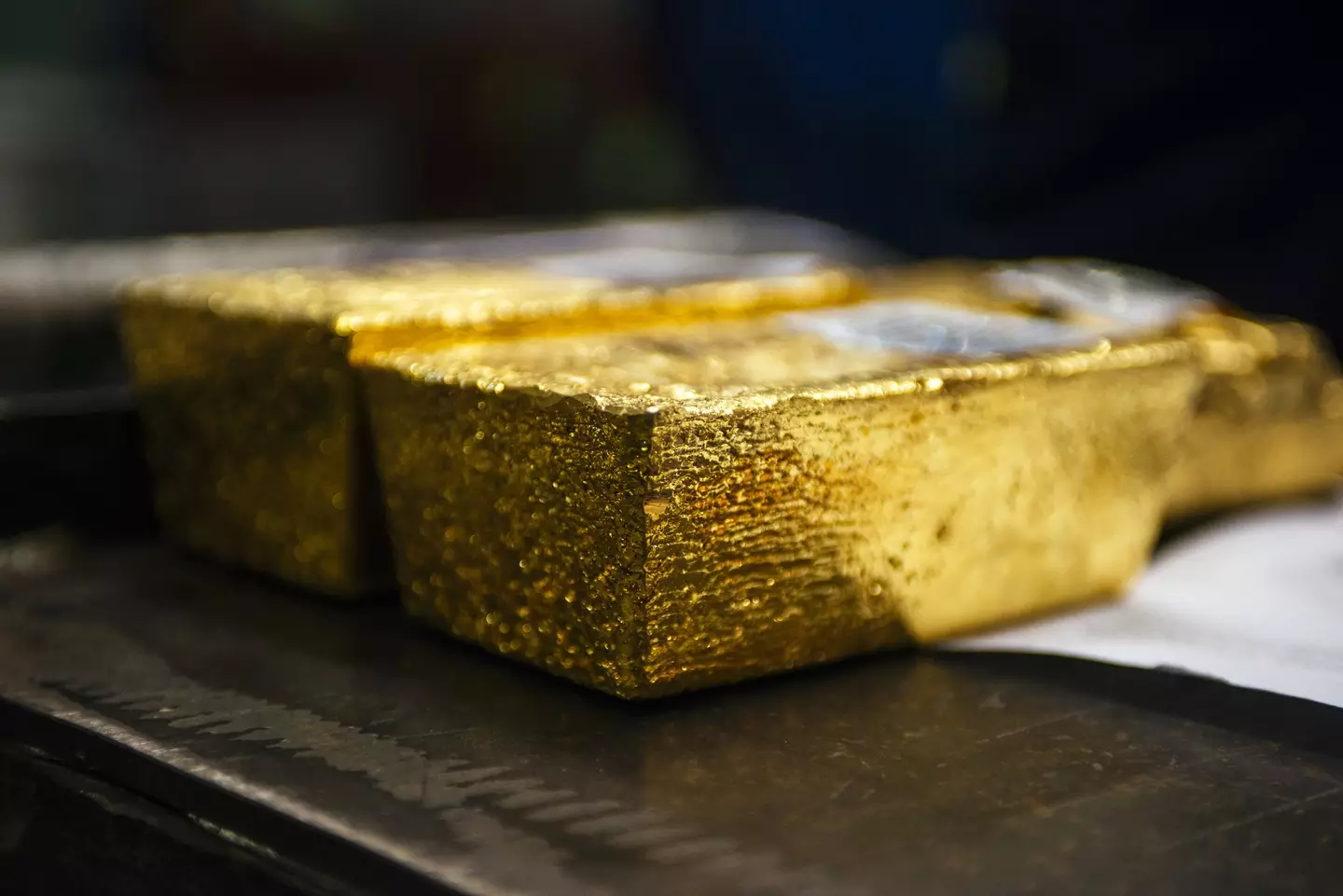
Gold plays a big role in protecting national economies and is key to manufacturing batteries and electronics / Bloomberg Creative Photos / Getty
But with discoveries like these, the nation could maintain its competition in gold production.
Hunan’s Geological Bureau said the site includes around 40 gold-filled rock veins buried about a mile deep. Thanks to 3D modelling data, they added that these veins could hold 300 tonnes of gold – roughly eight times heavier than the Statute of Liberty – with more reserves likely at greater depths. This would bring the total up to around 1,000 metric tonnes.
“Many drilled rock cores showed visible gold,” said bureau prospector Chen Rulin at the time of the discovery.
If true, the value is estimated to be around 600 billion yuan ($83 billion), and it could rank among the biggest and most valuable gold deposits ever discovered. Following the discovery, the Hunan Provincial Geological Institute described the find as ‘significant in helping safeguard the country’s resource security.’
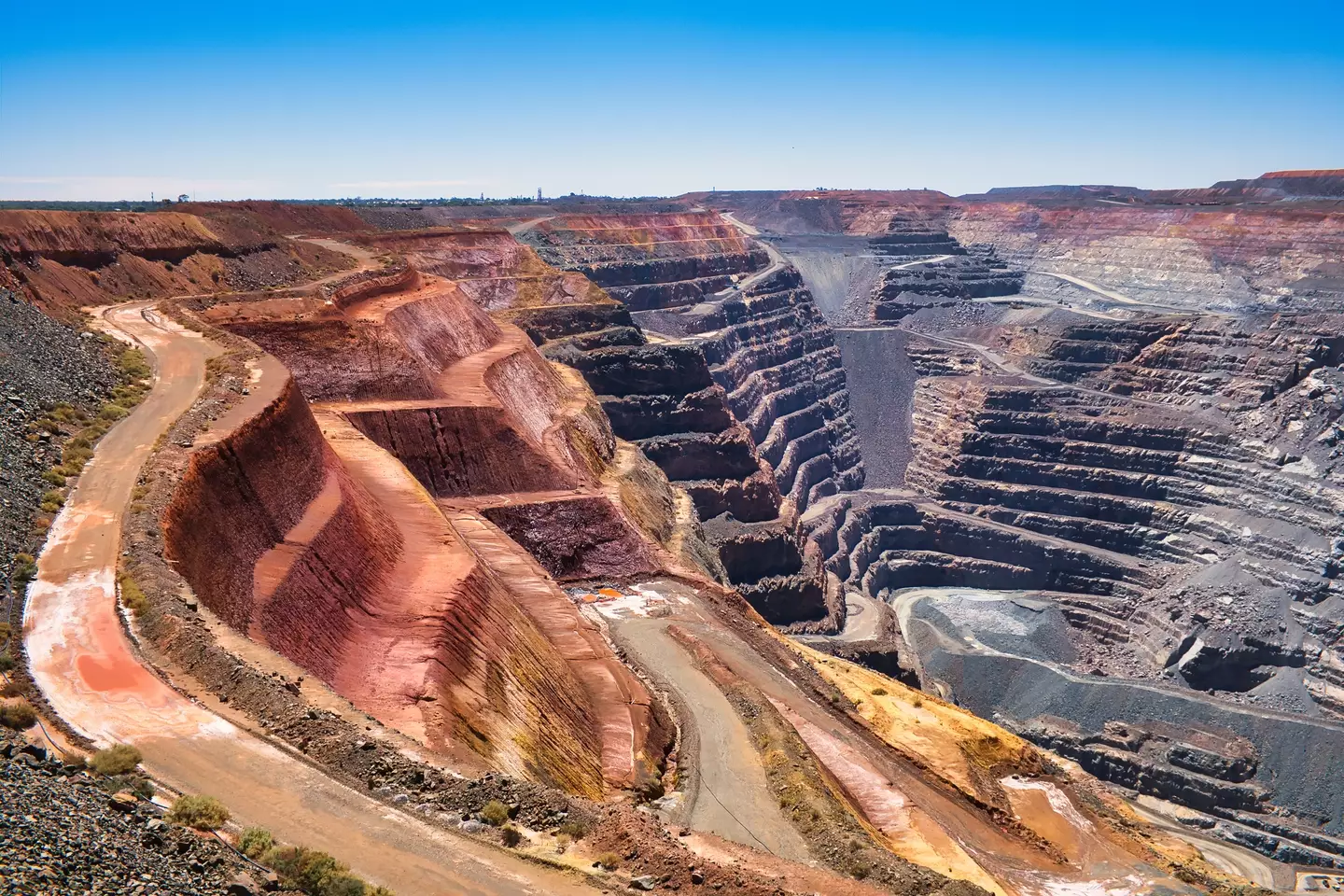
Australia holds the world’s largest gold mine reserves (Hans Wismeijer / Getty)
Meanwhile, many experts are sceptical about the accuracy and mineability of the recent deposits.
Geologists at the World Gold Council have called for independent verification and further drilling before any solid conclusions can be made. They also warned that it could take years before these deposits are ready for mining.
Nevertheless, Chinese officials insist that the newly discovered sites are ‘easy to mine’ and have high recovery rates for precious metals.
“Important progress has been made in prospecting, exploration and deposit research,” the team wrote. “In the new round of exploration in 2024, the exploration method of combining general and detailed exploration was adopted. At present, all construction drilling holes have found ore.”
The findings from the Liaoning gold deposit discovery were shared in China Mining Magazine.
Featured Image Credit: Bloomberg Creative / Getty

Researchers in China have just discovered $83 billion worth of untouched gold.
The news about the incredible find broke earlier this week when a research team unearthed enormous amounts of gold reserves.
The fortune was located in central Hunan province by Hunan Academy of Geology.

The gold was found in China (Pierre Longnus/Getty Images)
China is already the world’s leading producer of gold, being responsible for 10% of the entire world’s output in 2023, according to the World Gold Council.
Over 40 gold ore veins were found more than 2,000 meters deep into the ground.
And it gets even better – a whopping 300.2 tons of gold reserves were uncovered.
But how did they find it? The team used 3D geological modeling to locate the gold as well as mechanical drills to dig to the area.
Chen Rulin, who is an ore-prospecting expert, told Xinhua Net: “Many drilled rock cores showed visible gold.”
The team are planning to keep digging down to 3,000 meters, where it’s been predicted that there’s a staggering 1,000 tons of ore hiding under the surface.
All of this gold will be worth some serious money, with the discovery valued at around 600 billion yuan – which is the equivalent of $83 billion.
And that isn’t the only good fortune that’s been had by researchers recently.
Over in California, a whopping $540 billion worth of ‘white gold’ has been found.
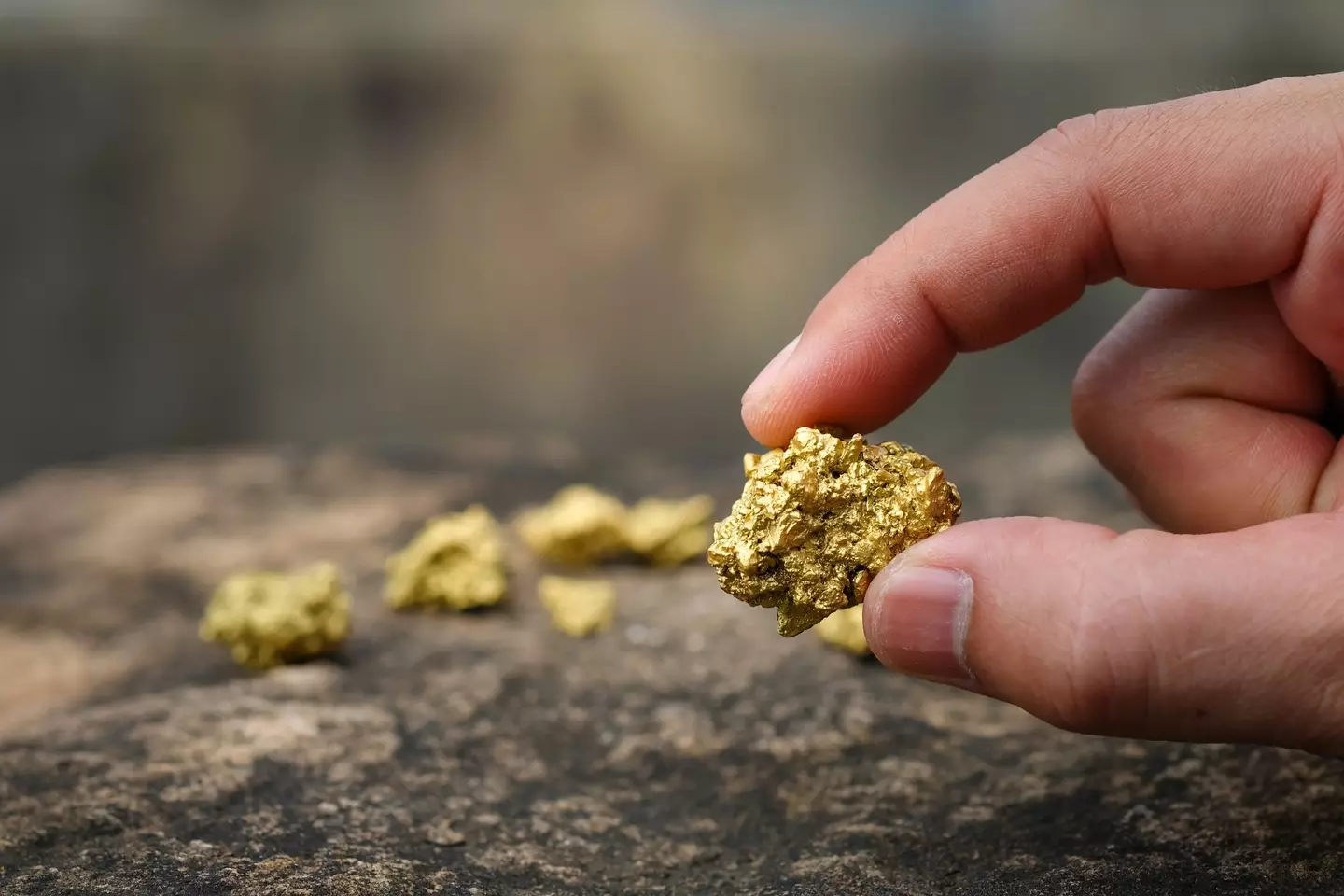
The gold is worth $83 billion (Oat_Phawat/Getty Images)
The lithium was located at the bottom of a lake known as Salton Sea.
Scientists have estimated that this is enough material to power the batteries in 382 electric vehicles.
Michael McKibben, who is one of the study’s authors and a geochemistry professor at the
University of California, said: “This is one of the largest lithium brine deposits in the world.
“This could make the United States completely self-sufficient in lithium and stop importing it through China.”
Unbelievably, if this proves to be true then it could mean huge changes for the global economy.
First of all, the US could potentially become completely self-sufficient when it comes to lithium.
So it could be a pretty big blow to China if the US was no longer importing their EVs.
And the US would then be exporting more of its own EVs too, which would have a knock-on effect on the rest of the big exporters.
The US could increase their exports and their market share, making them more money and establishing themselves as EV leaders – something Elon Musk would certainly be celebrating.
